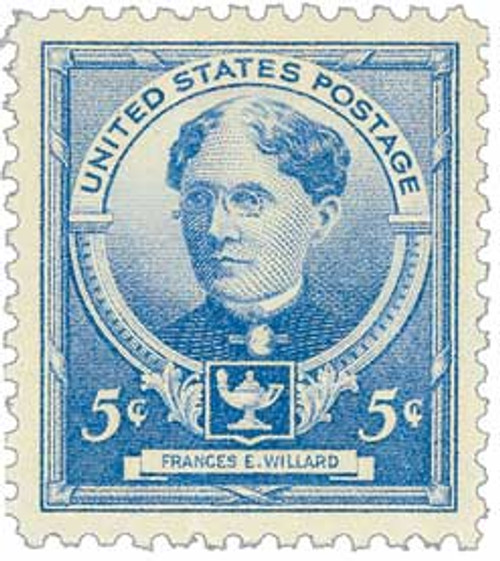
1940 Famous Americans: 2c Mark Hopkins
# 870 - 1940 Famous Americans: 2c Mark Hopkins
MSRP:
Was:
Now:
$0.35 - $25.00
(You save
)
Write a Review

Write a Review

870 - 1940 Famous Americans: 2c Mark Hopkins
| Image | Condition | Price | Qty | |
|---|---|---|---|---|

|
Classic First Day Cover
ⓘ
Ships in 1-3 business days.
Ships in 1-3 business days.
$ 4.00
|
$ 4.00 |
|
0
|
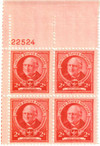
|
Mint Plate Block
ⓘ
Ships in 1-3 business days.
Ships in 1-3 business days.
$ 2.75
|
$ 2.75 |
|
1
|

|
Mint Stamp(s)
ⓘ
Ships in 1-3 business days.
Ships in 1-3 business days.
$ 0.35
|
$ 0.35 |
|
2
|

|
Mint Stamp(s)
Fine
ⓘ
Ships in 1-3 business days.
Ships in 1-3 business days.
$ 1.00
|
$ 1.00 |
|
3
|

|
Mint Sheet(s)
ⓘ
Ships in 1-3 business days.
Ships in 1-3 business days.
$ 25.00
|
$ 25.00 |
|
4
|

|
Mint Stamp(s)
Fine, Never Hinged
ⓘ
Ships in 1-3 business days.
Ships in 1-3 business days.
$ 1.20
|
$ 1.20 |
|
5
|
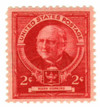
|
Mint Stamp(s)
Very Fine
ⓘ
Ships in 1-3 business days.
Ships in 1-3 business days.
$ 1.20
|
$ 1.20 |
|
6
|
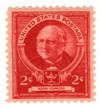
|
Mint Stamp(s)
Very Fine, Never Hinged
ⓘ
Ships in 1-3 business days.
Ships in 1-3 business days.
$ 1.30
|
$ 1.30 |
|
7
|
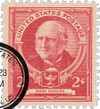
|
Used Single Stamp(s)
ⓘ
Ships in 1-3 business days.
Ships in 1-3 business days.
$ 0.35
|
$ 0.35 |
|
8
|
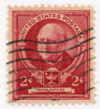
|
Used Single Stamp(s)
Very Fine
ⓘ
Ships in 1-3 business days.
Ships in 1-3 business days.
$ 1.20
|
$ 1.20 |
|
9
|
Mounts - Click Here
| Mount | Price | Qty |
|---|
U.S. #870
1940 2¢ Mark Hopkins
Famous Americans Series: Educators
1940 2¢ Mark Hopkins
Famous Americans Series: Educators
Issue Date: March 14, 1940
First City: Williamstown, Massachusetts
Quantity Issued: 52,366,440
Printed by: Bureau of Engraving and Printing
Printing Method: Rotary Press
Perforation: 10 ½ x 11
Color: Rose carmine
First City: Williamstown, Massachusetts
Quantity Issued: 52,366,440
Printed by: Bureau of Engraving and Printing
Printing Method: Rotary Press
Perforation: 10 ½ x 11
Color: Rose carmine

U.S. #870
1940 2¢ Mark Hopkins
Famous Americans Series: Educators
1940 2¢ Mark Hopkins
Famous Americans Series: Educators
Issue Date: March 14, 1940
First City: Williamstown, Massachusetts
Quantity Issued: 52,366,440
Printed by: Bureau of Engraving and Printing
Printing Method: Rotary Press
Perforation: 10 ½ x 11
Color: Rose carmine
First City: Williamstown, Massachusetts
Quantity Issued: 52,366,440
Printed by: Bureau of Engraving and Printing
Printing Method: Rotary Press
Perforation: 10 ½ x 11
Color: Rose carmine
!




